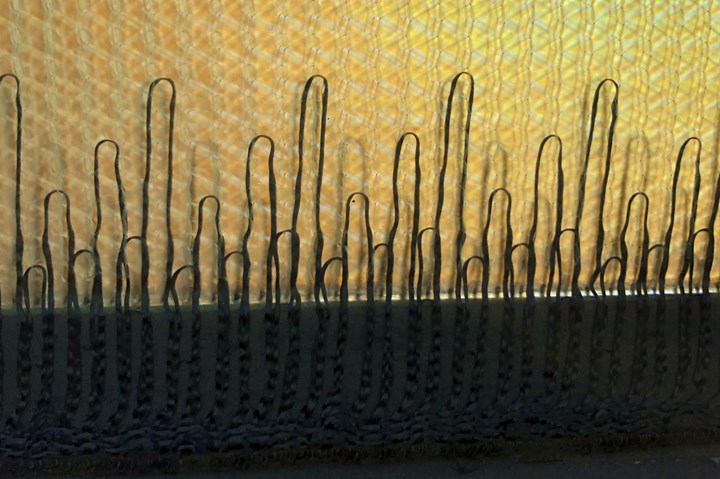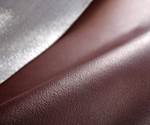Saertex supports HyFiVE research project for maritime lightweight construction
Saertex will focus on development of adhesive-free joining technologies and FST-compliant composites for shipbuilding.

Source | Saertex
Saertex (Saerbeck, Germany), a global manufacturer of textile reinforcing materials for lightweight construction, including glass, carbon and aramid fibers, reported on July 1 that it is supporting the BMWi-funded HyFiVE research project and will now focus on hybrid joining technology for maritime use. With Saertex’s support, the project now has five industrial companies and three scientific institutes involved in its development and evaluation of new technologies.
According to Saertex, lightweight construction, as a key technology for sustainable transportation solutions, is difficult to establish in shipbuilding due to inadequate joining technologies between composite materials and steel. Another complicating factor, the company notes, are the high fire protection requirements and the lack of standards for the use of composite materials for ships at sea.
These challenges prompted the HyFiVE research project to bring together relevant companies and institutes to evaluate efficient adhesive-free joining technologies for different applications in shipbuilding, as well as novel processes and methods, all of which will be verified using demonstrators and fire tests. The project’s aim is to meet the time and cost requirements of shipbuilding production and to strengthen the competitiveness of the industry.
In addition to administrative management, Saertex says it will support the project by providing material and engineering in the field of fire protection, with the company’s Leo series and 3D-reinforced Saerfoam products. Specifically, Saertex points to its Leo coated fabric, a fabric equipped with an active fire retardant layer to mitigate fire and to provide component protection.
Saerfoam, which can be adapted, will be used as a reinforcing core material, where its mechanical strength properties can be adjusted by selecting the amount and direction of glass bridges through the thickness.
Related Content
-
CirculinQ: Glass fiber, recycled plastic turn paving into climate solutions
Durable, modular paving system from recycled composite filters, collects, infiltrates stormwater to reduce flooding and recharge local aquifers.
-
Hexagon Purus Westminster: Experience, growth, new developments in hydrogen storage
Hexagon Purus scales production of Type 4 composite tanks, discusses growth, recyclability, sensors and carbon fiber supply and sustainability.
-
Natural fiber composites: Growing to fit sustainability needs
Led by global and industry-wide sustainability goals, commercial interest in flax and hemp fiber-reinforced composites grows into higher-performance, higher-volume applications.















